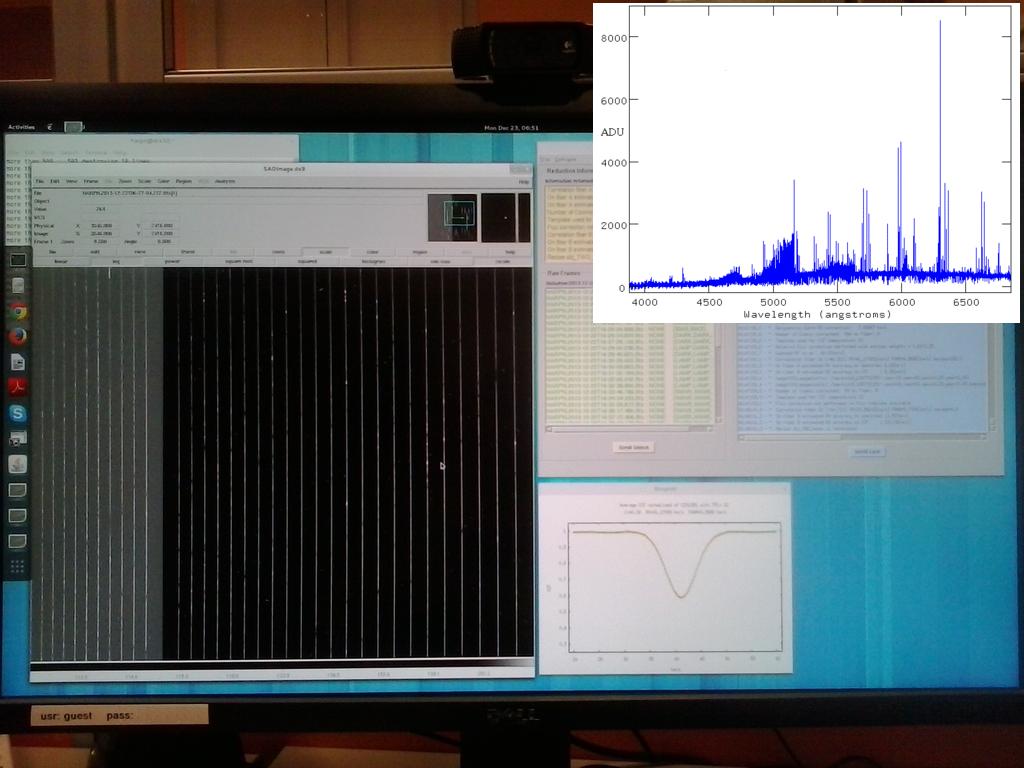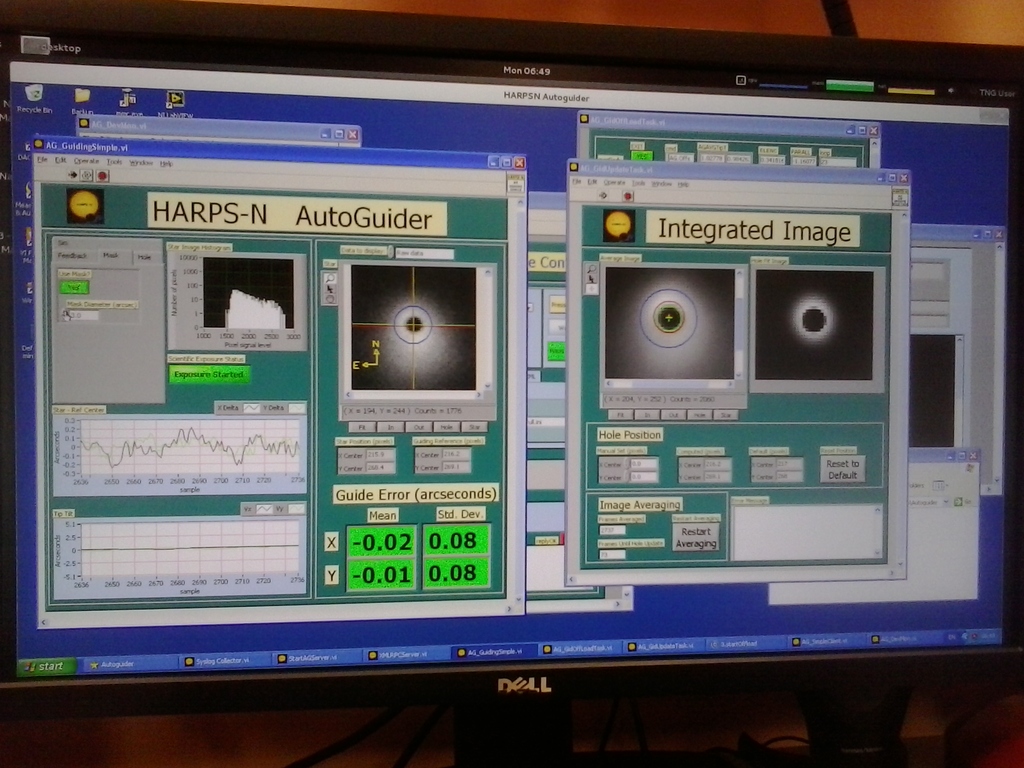HARPS-N@TNG: Not only a superb exoplanet finder, but also an effective comet catcher!
The instrument HARPS-N is the jewel of the Telescopio Nazionale Galileo. During its first three years of operation, its performances put it on the top of the world list of spectrographs dedicated to the search for exoplanets. However, not surprisingly, recently published papers show that HARPS-N is effective in several research fields.
A proof comes from the observations of the comet C/2013 R1 (Lovejoy), performed on December 2013 by a science team leaded by P. Rousselot (Universite' de Franche-Comte', Besançon, France) in the framework of the program OPT13B_46. The initial goal of the team was to perform a spectroscopic follow-up of the comet C/2012 S1 (ISON), but the disintegration of ISON's nucleus at the perihelion transit forced the team to move to comet Lovejoy. This is a long-period comet that reached a brightest magnitude of V~+4 in December 2013, fainter than the expected magnitude of comet ISON but still an interesting target for high-resolution spectroscopy with HARPS-N.
Despite the observations of the comet were challenging, as it was visible only at the morning twilight and almost at the lower elevation limit of the telescope (only 15-20 degrees!), the HARPS-N spectra (Fig. 1) allowed the measurement of important physical properties of Lovejoy's coma. Not less importantly, these observations also demonstrated the ability of HARPS-N to track (see Fig. 2) solar system objects with a considerable proper motion.
Rousselot and collaborators were able to measure the intensity ratios and widths of the emission lines from several atomic and molecular species. In particular, their measurements of the oxygen lines confirmed that water is the main carrier of oxygen atoms in the coma of this comet. The width of green and red oxygen lines also indicated that C/2013 R1 had a relatively high CO2 production rate. Even if obtained at the limit of operability of the telescope, the data allowed the measurement of the weak emission lines from the 15NH2 molecule, only recently detected for the first time thanks to new laboratory data and considered a real challenge for a four-meters-class telescope like the TNG. (read the full paper: Rousselot et al. 2015, A&A, 580, A3)

Fig.1. Bidimensional optical spectrum of comet C/2013 R1 (Lovejoy) taken with HARPS-N@TNG: a faint continuum dominated by a forest of emission lines due to several atomic and molecular species (Credits: W. Boschin/TNG). On the top right inset, the monodimensional wavelength-calibrated spectrum of the comet produced by the HARPS-N automatic reduction pipeline. (Credits: data stored in the IA2 TNG Archive)

Fig.2. Comet C/2013 R1 (Lovejoy) as seen through the HARPS-N Autoguide Camera during the spectroscopic observations of December 2013. (Credits: W. Boschin/TNG)

